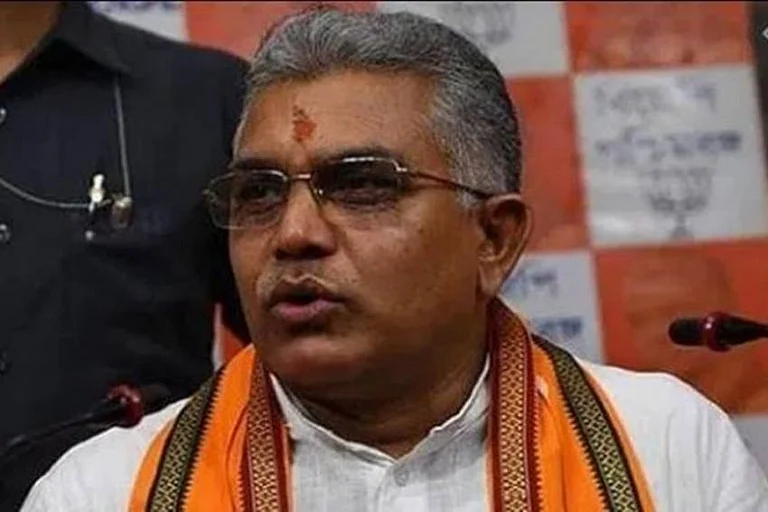In the state of West Bengal, flooding is most severe during the monsoon season from June to September when intense rainfall causes major rivers to overflow. However, these risks are much less during the post-monsoon period but the stand water can still impact a certain area. Flood risk is relatively low during the winter and spring though occasional flooding may occur in certain regions. Climate change is increasing the frequency and severity of floods, making effective river management and infrastructure crucial to mitigating damage.
DVC’s Role in Water Discharge Management
The flood situation in several southern districts of West Bengal continues to be more or less a cause of concern, even though the Damodar Valley Corporation (DVC) has reduced water discharge from its barrages in the recent past. As of Wednesday, September 18, the situation remains critical, with the state experiencing flooding that impacts hundreds of people in several districts.
On a positive note, the DVC has gradually decreased the volume of water being released from its Panchet and Maithon dams. Anjani K Dubey, DVC Maithon Chief Engineer reported that the release rate had been lowered from 2.1 lakh cusec on Tuesday night to 1.4 lakh cusec by Wednesday morning. This reduction was caused by reduced rainfall in the upper catchment areas, seemingly good news for the affected areas.
Flood Alerts And Affected Areas In Bengal
However, the overall situation remains unresolved. Water release rates above 1.5 lakh cusec are still classified as a "red alert," while those between 1 lakh and 1.5 lakh cusec trigger an "orange alert." These classifications highlight the ongoing severity of the flood risk, despite recent improvements.
The impact of the flooding is widespread, with parts of Birbhum, Bankura, Howrah, Hooghly, North and South 24 Parganas, Purba and Paschim Medinipur, and Paschim Bardhaman districts all experiencing inundation. Alapan Bandyopadhyay, Chief Advisor to West Bengal Chief Minister Mamata Banerjee, confirmed the extent of the affected areas, highlighting the challenge faced by local authorities in managing the crisis.
This marks at least a slight improvement from previous days, though officials caution that the situation may get worse in the next two to three days. An official of the irrigation said that the water released over the last forty-eight hours is presently flowing downstream and other districts like Medinipur, Hooghly, and Howrah. This delayed effect implies that while the crisis at the dams might be decreasing, the threat of floods in the downstream communities is increasing.
Flooding and water management are made complex by a lapse of time between the initiation of water release and its arrival in some regions. For example, water from Maithon Dam to Durgapur Barrage has a travel time of about 10 hrs and to Amta in Howrah, it takes about 59 hrs. Such a delay will mean that the ultimate features of the recent flooding may take several days to become apparent.
Disaster Relief and Evacuations: State Government’s Response
Sadly, there have been two deaths because of the floods as Bandyopadhyay mentioned on Tuesday. To this effect, the state government has put in disaster relief teams to operational in the affected provinces. Moreover, there are preventive actions that have been implemented, including the transfer of roughly 25000 inhabitants to other districts. This fast move will help reduce the number of fatalities and shield affected people from rising waters.
Local government representatives, including MLAs and officials, have been actively visiting their constituencies to assess the situation firsthand and address residents' concerns. However, the scale of the disaster has led to some public unrest. In the Debra constituency of Paschim Medinipur, residents protested before MLA Humayun Kabir after a river embankment was washed away. Kabir acknowledged the legitimacy of the protesters' concerns, stating, "The people have rightfully protested, as the river embankment, which was under repair, could not be completed." He assured the public that efforts were underway to move people to relief centers and provide necessary support.
Future Outlook: The Challenge of Managing Flood Waters
As the state continues to battle this natural disaster, the coming days will be crucial. The government's ability to manage the incoming floodwaters, provide relief to affected communities, and prevent further damage will be tested. With the situation expected to remain grim for at least the next 48 to 72 hours, all eyes are on the weather patterns and the coordinated efforts of state agencies to mitigate the impact of this significant flooding event.
The Bengal flood situation is a clear reminder of the serious challenges we face from extreme weather events and the urgent need for strong disaster management systems. As climate change affects weather patterns around the world, we are likely to see more frequent and severe floods in the future. This makes it essential to develop long-term plans to improve resilience and protect communities that are most at risk. Strengthening disaster management and preparing for these events will help us better handle the impacts of extreme weather and ensure the safety of vulnerable populations.



























